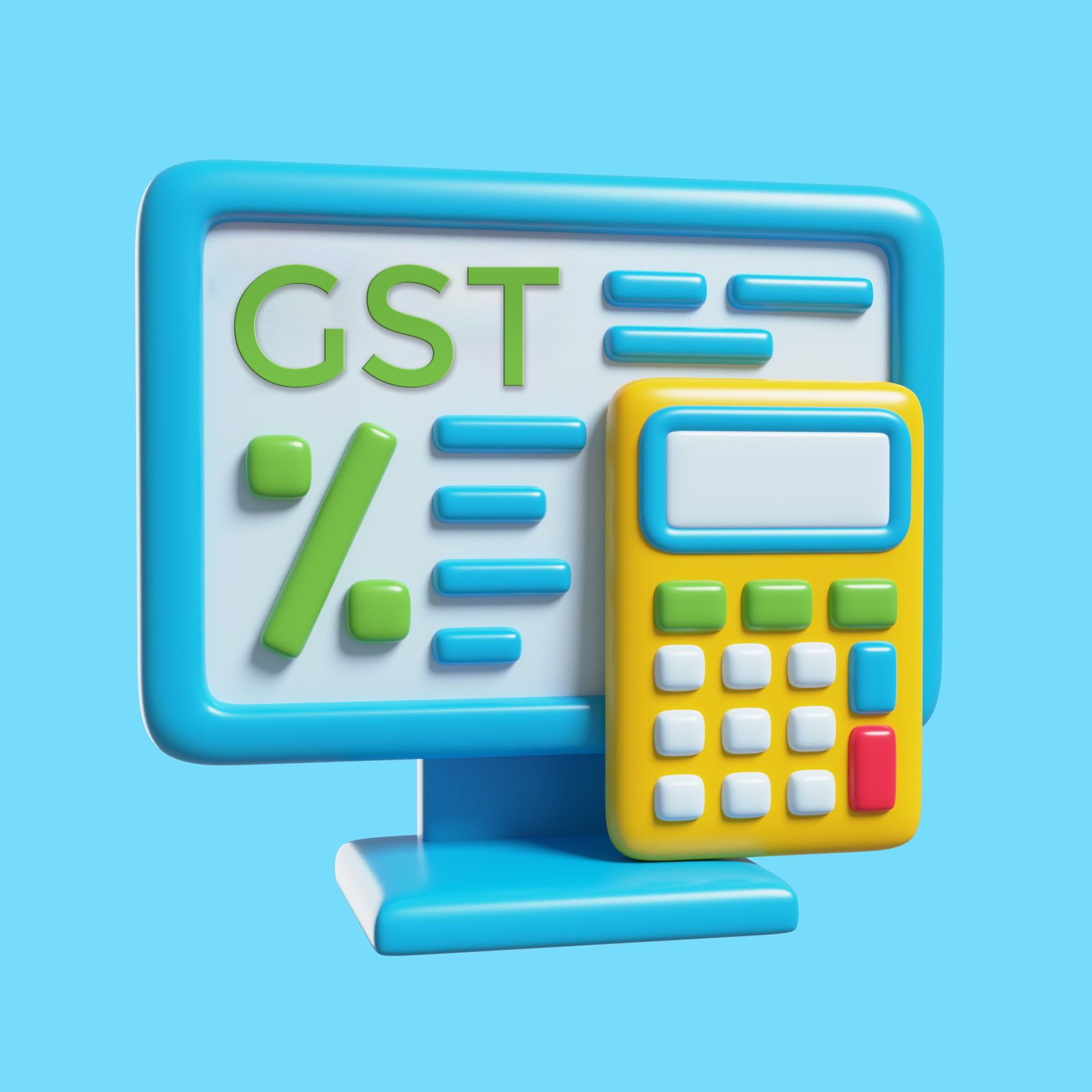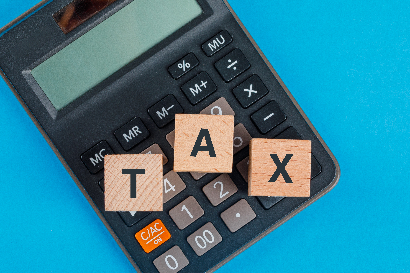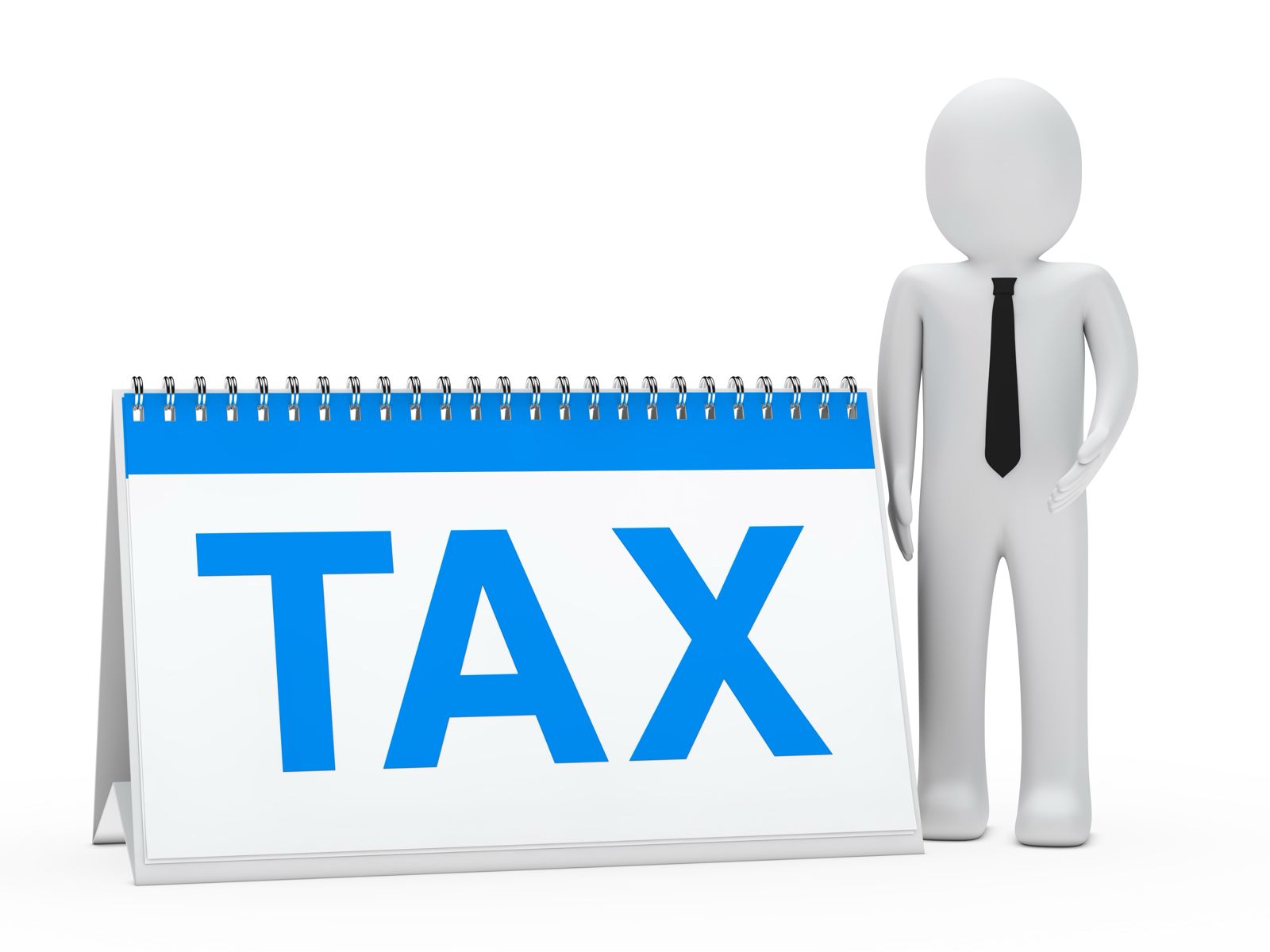

Parliamentary Panel Proposes 285 Amendments to Streamlined Income Tax Bill 2025
India’s taxation landscape is poised for a historic transformation as the parliamentary committee examining the Income Tax Bill 2025 prepares to present its comprehensive report to the Lok Sabha this Monday. This groundbreaking legislation represents the most significant tax reform initiative in over six decades, designed to replace the complex Income Tax Act of 1961.
Committee Report Ready for Parliamentary Review
The Lok Sabha Select Committee, comprising 31 members and led by BJP parliamentarian Baijayant Panda, has completed its detailed examination of the proposed legislation. Following its establishment by Speaker Om Birla after Finance Minister Nirmala Sitharaman’s February 13 introduction of the bill, the committee finalized its recommendations during a July 16 meeting.
The timing aligns perfectly with the parliamentary calendar, as the committee was required to submit its findings before the commencement of the Monsoon Session, which runs from July 21 through August 21, 2025.
Dramatic Simplification of Tax Code
The proposed legislation represents a fundamental shift toward simplification and clarity in India’s tax framework. According to official documentation from the Income Tax Department, the new bill achieves remarkable streamlining:
Size Reduction:
- Word count slashed from 5.12 lakh to 2.6 lakh words
- Sections compressed from 819 to 536
- Chapters reduced from 47 to 23
Structural Improvements:
- Introduction of 57 comprehensive tables (up from 18)
- Elimination of 1,200 provisos
- Removal of 900 explanations
These modifications result in a net reduction of 34,547 words, making the tax code significantly more accessible to taxpayers and professionals alike.
Enhanced Clarity and Reduced Litigation
The draft legislation prioritizes tax certainty as a core objective, specifically targeting the reduction of disputes and conflicting interpretations that have plagued the current system. The restructured framework employs plain language throughout, moving away from complex legal jargon that often creates confusion.
The reorganization includes comprehensive updates to provisions affecting not-for-profit organizations, presented in clear, tabular formats that enhance understanding. Exemption criteria and Tax Deducted at Source (TDS)/Tax Collected at Source (TCS) rules are now systematically organized for easier reference.
Revolutionary Changes to Tax Year Structure
One of the most significant conceptual changes involves the elimination of the traditional “previous year” and “assessment year” dual structure. The current system requires taxpayers to pay taxes in the assessment year following the year in which income was earned – creating a complex timeline where 2023-24 earnings are assessed in 2024-25.
The new framework introduces the simplified concept of “tax year,” aligning taxation with the actual year of income generation. This change eliminates the confusing dual-year system and creates a more intuitive tax payment structure.
Path Forward for Implementation
With 285 suggested modifications from the parliamentary committee, the bill demonstrates the thorough scrutiny applied to this landmark legislation. The comprehensive review process ensures that the final version addresses potential concerns while maintaining the core objectives of simplification and clarity.
This modernized tax code represents India’s commitment to creating a business-friendly environment while ensuring compliance becomes more straightforward for individual taxpayers. The proposed changes signal a new era in tax administration, prioritizing transparency and ease of understanding over complex legal frameworks that have characterized the system for decades.










